The following is a guest post from Brandon Dyson, PharmD, Co-founder tl;dr pharmacy
Note: The following is a sample chapter from tl;dr pharmacy’s guide: Mastering the Match. If you are looking to get a residency, Mastering the Match is the best place to start. It walks you through every step of the process; from how to make yourself a competitive candidate to how to nail the interview. In this post, I’ll talk about how (shockingly) expensive it is to get a residency and some ways that you can help lower that cost. If you want to give yourself the best possible chance to win the residency of your dreams, check out Mastering the Match here.
Money Talks: The Price of the Pharmacy Residency Quest
So you’ve decided you want to apply for a PGY1 residency. You, like so many others before you, have felt the rising pressure of holding patients’ lives in your hands and are not quite ready to take the reins all by yourself.
Or you’ve realized during your fourth-year rotations how much pharmacy school ISN’T teaching you, and you’re having an “oh-crap-there’s-so-much-I-have-left-to-learn” moment. I’ve so been there. (Sometimes still there, tbh). Which brings us back to your decision to apply for residency.
While the rest of Mastering the Match will prepare you for the residency process, this chapter is about the math. We’re pharmacists, we like math.
And no, this section is not about numbers in increments of 5s (#shoutouttomyretailphriends!). Nor will it have first-order decay equations a la vancomycin dosing.
WAY more complex then we are about to get into
This is simple arithmetic, but it is so necessary to know ahead of time what you’re getting into financially with the residency application process. Money is all about planning.
So let’s get started.
The residency search process can be broken down in 3 major phases:
Phase 1: The application
Phase 2: The Midyear trip
Phase 3: The interview trips
Now let’s take that exact same list and attach estimated costs to each piece to get a rough budget.
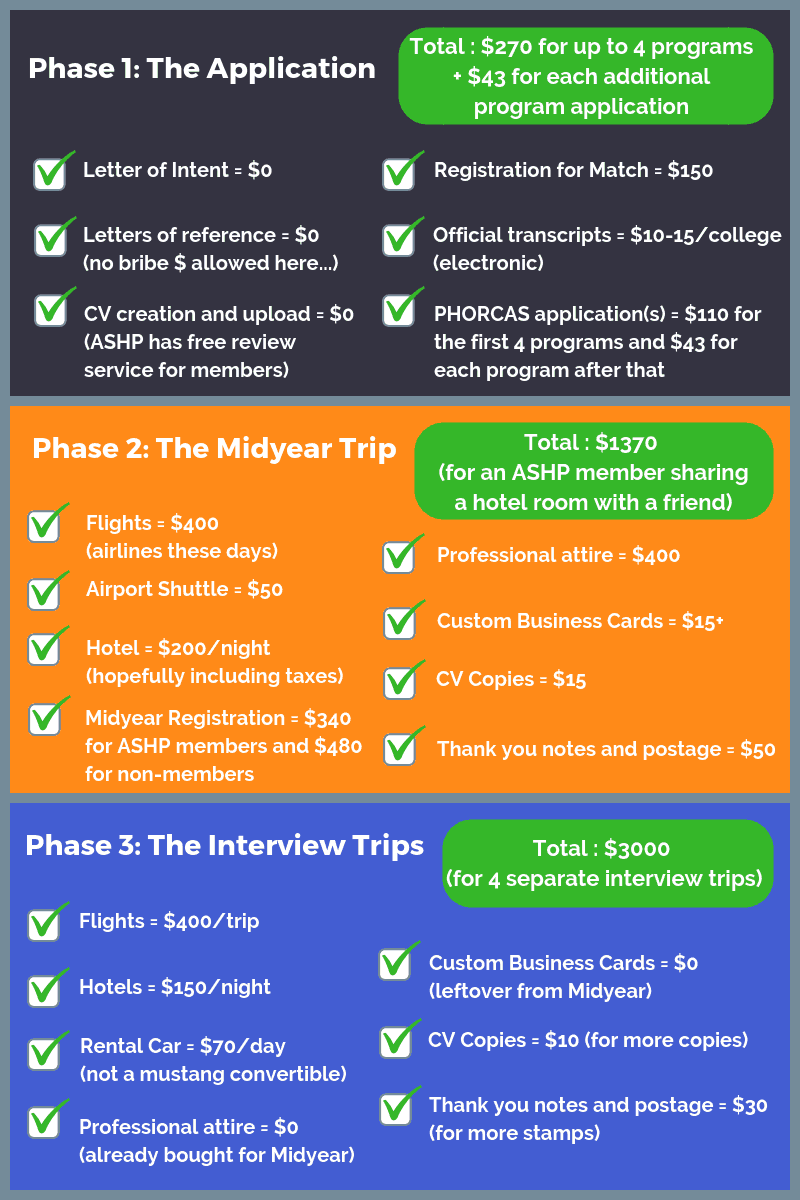
Grand Total for Residency Application Process
(with 4 applications and interviews): ~$4600
Phew! That’s a lot of money! Granted, it’s just an estimate, and there are certainly tweaks that can save money. Let’s break this down a little further and talk about where the plusses and minuses might be on this estimate. And we’ll also discuss a few tips to do this in a more thrifty manner.
The Application
There, unfortunately, isn’t much wiggle room to be had here. The only thing I’ll say is to be realistic and thoughtful in your decision to apply to a program. Don’t just apply to 25 programs willy-nilly because you heard so-and-so was going to apply to that many and you feel you have to in order to increase your match chances. That can quickly add up at $43 extra per program application!
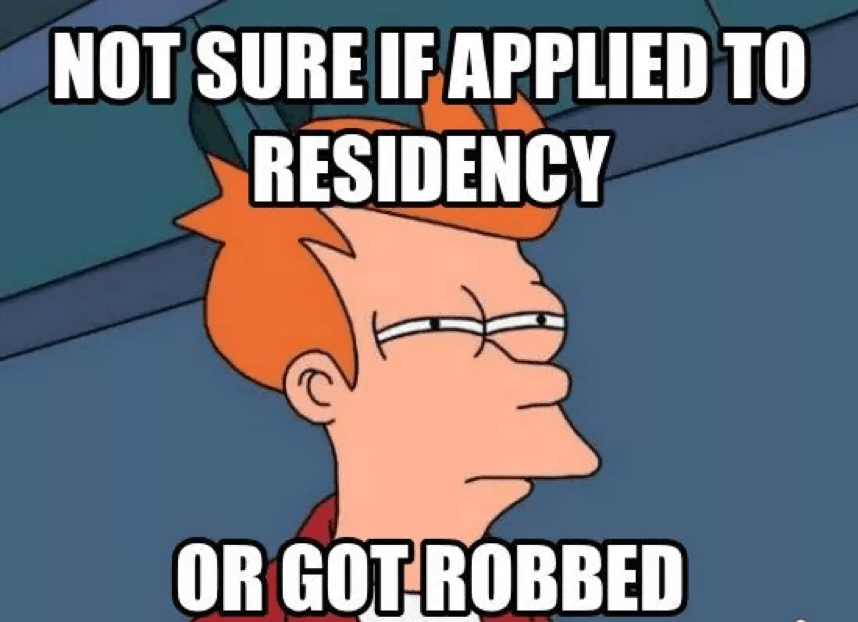
This will be you if you apply to 25 pharmacy residency programs
scattered across the country
This is YOUR job search, and if a program isn’t really on the table for you (whether due to interest, distance from home, etc.), it’s ok to NOT apply! That being said, if you have the residency-or-bust attitude and the money to back it up, by all means, go for the gold.
Just remember, all it takes is one program to match. Refer to the many other sections of this guide for more advice on researching programs and the match process.
The Midyear Trip
Travel and Accommodations
There are many ways to save money here! There isn’t much leeway with flights unless you’ve saved up airline points on a travel credit card. You can also book WAY in advance when prices are generally lower.
Where you can really make an impact on your budget is with ground travel and hotel costs.
For ground travel, try to share airport shuttles with other classmates. There will likely be several of you getting into the same airport at similar times, so coordinate ahead of time to book shuttle transportation to and from the airport.
Even if you have to wait 30 min (or more) for other people’s flights to arrive; trust me, you have plenty to do to prepare for the Midyear. So grab a coffee and kill some time in baggage claim. It’s worth it to be able to divide the shuttle cost between up to 8 people for a van instead of just you in a taxi (because, math).
It’s a similar story for the hotel. This may surprise you, but you do not need to stay at the Ritz and drink Dom from fine crystal glasses. You don’t need to buy scotch that’s old enough to legally vote from the hotel bar. Be conservative here. A decent hotel one more block away from the convention center will serve you well.
That being said, I also wouldn’t book too far away from the convention center because you will be going back and forth A LOT. And those cute dress shoes are pretty much awful to walk in. Plus carrying your poster tube and your purse (or your European carry-all for the guys reading this). You don’t want to be a hot mess when you do finally arrive at the showcase.
Another thought on the hotel. Just like with ground transportation, sharing is caring. You don’t have to be besties with a person to share a room for a few days. More than likely, if it’s a classmate, they aren’t a serial killer. So you should be ok to bunk in together for the convention. At least figure 2 to a room so you can each have your own bed. But if you have good friends going and can be comfortable 4 to a room, go for it! (#sleepover!)

Another caveat here…
You do actually have to get some sleep during this convention so you don’t look like the walking dead when you’re telling the RPD why you want their program. So don’t just room with anybody for the sake of saving money. Especially if that somebody is only attending Midyear to hit up Bourbon Street or The Strip. Know what I’m sayin’?
Professional Attire
There are plenty of other places on the internet that can give you much better fashion advice than I can. This section is about how to find something without spending an arm and a leg. You don’t need to be all Armani for this event. Pharmacy residency programs are just looking for conservative, clean-cut, professional attire.
So if that suit happens to be off the rack at TJ Maxx, go for it! If you’re like me and have a hard time finding well-fitted business attire at discount stores, then it’s ok to invest in a nice suit (still doesn’t have to be Armani…a department store works just fine). THEN use the discount store for your dress shirt, business bag, belt, shoes, etc.
If you have a suit already, use this section of the budget to account for dry cleaning. Use a dry cleaner you trust but that isn’t too expensive. You want your suit to come back to you in good shape (viva la suit!). Then, if you’re a careful packer and you hang that suit up in your hotel bathroom right when you get checked in, it shouldn’t be too wrinkly. (And the shower steam can help diffuse minor wrinkles so you don’t have to mess with finicky hotel irons). Online reviews will often point you in the right direction for which dry cleaner does good work for the right price in your area.
Meeting Registration
There’s no getting around the meeting registration. The only tip here is that if you’re not already an ASHP member by the time of registering, it’s worth the $51 for a student membership to go ahead and join. You still come out ahead rather than paying a non-member meeting registration fee ($340 + $51 vs $480 for non-members).
Business Cards and CV Copies
Not every program at Midyear is going to accept these, it’s true. But you’d really hate to have an RPD ask for your CV or contact information, and you don’t have anything to give them. In this case, it’s better to have and not need than to need and not have. Have some copies of both on hand.
Luckily, business cards are cheap to design and print at most big box office stores. There are also online options like www.vistaprint.com. Maybe one of the student chapters of APhA or ASHP at your school is providing business cards through a fundraiser. Just go with the basic package (no glossy finish needed here, peeps), and monochromatic tones will be just dandy.

Don’t go overboard on your student pharmacist business cards…
Same with your CV copies. This is Midyear, your CV is likely going to end up in a box with hundreds of others for reference if needed. Don’t print it on vellum and douse it with the scent of sexy professionalism. It will not make you stand out (at least not in a good way). Just basic white paper copies will be fine. You don’t need to splurge on the thicker stock resume paper. The content of your CV is more important than the material it’s printed on.
Thank You Notes and Postage
There are mixed thoughts about this whole thank you note ordeal with Midyear. Some advise to always send a handwritten thank you note. Others say an email will suffice. In the end, it’s up to you to decide.
But for those of you who choose to walk the path of handwritten, mailed thank you notes for Midyear, you should know something…
The USPS doesn’t mess around. Forever stamps may be good forever, but that doesn’t mean their price stays the same forever. Hot damn, they’re expensive little buggers! So if you’re planning on sending a thank you note to every soul you meet at each program, just know a book of 20 stamps is currently sitting at $10.
Oh and don’t go out and buy Hallmark thank you cards. The dollar store sells some classy, simple multi-packs. It’s ok to send similar-looking cards to people within the same department. Pharmacists won’t be offended by getting the same card – it’s what’s on the inside that really matters! (#awww)
The Interview Trips
Scheduling
While many of the same concepts as the Midyear trip apply here, there are some additional tips to remember. If you have programs in a similar geographic area, see if you can arrange interview dates around the same time. Perhaps you interview with one program on a Friday and another the following Monday. (That’s what we southerners like to call a twofer – two programs for one flight!)
Plus, you’ll have the weekend to check out the area and see if it’s somewhere you’d really like to live for a year. If you’re a Planner Level: Expert, you can even use that time to check out some housing options you’ve researched beforehand.
Travel and Accommodations
Try to use what I’d call the family and friends discount. You know a person you can crash with for a few days? Call ‘em! An extra bonus is the built-in tour guide and transportation for the area.
Oh, but even with all this talk of being frugal, don’t be a total Scrooge – dinner, and drinks on you, of course. They’re saving you a lot of money, you can spend a little of that as thanks. It’s called common courtesy, people.
Professional Attire
Use what you have. There’s absolutely no need to worry about getting a different suit because, gasp, the programs already saw me in this suit with this shirt! This isn’t Fashion Week in NYC, and you’re not interviewing with Tim Gunn. Trust me, programs don’t remember or care (remember, they saw 10,000 other people in suits that day). Unless of course, your suit is purple. (Don’t do it. Just don’t. And I only say that because someone will. Every year. Long story short, please don’t buy or wear a purple suit.)

NOT you at Midyear…
Bonus Tip!
We have to talk about taxes. You know what you’re doing with all of these interview trips, right? Yes, you’re looking for a residency program… but you know what that really is? A JOB! Save ALL of your receipts because, in a rare stroke of governmental goodwill, you can write off job search expenses when you do your taxes! Woot woot #adultwin.
Final Thoughts (tl;dr)
So there you have it, a rough estimate of what costs you can expect from the pharmacy residency search process. Of course, it is just that – an ESTIMATE. There are certainly people who will spend more, but there are also people who will shell out less during the entire cycle.
Remember too, that during this time of interviews, you will also begin the process of applying for licensure in one or more states and registering for the NAPLEX and MPJE. There are (heavy) costs here as well, and you have to factor these in when you’re budgeting for residency interviews.
Generally, licensing costs can be about $1000 for your first state, which includes the NAPLEX ($575), the MPJE law exam ($250 per state, non-MPJE state law exams are similar), state licensure fees (variable, ~$150-300 per state), and background checks (~$50/state).
Additional states can run you ~$500 each (MPJE, state licensure, and background check fees). You can see how graduation is not exactly cheap (there’s also a cap and gown and matriculation fee associated with graduating most pharmacy schools…it’s usually about $100). You either need to be loaded or disciplined with your money to make this work without having the heat turned off in your apartment.
With all of this being said, please Please PLEASE (and I can’t say it enough!) do not let the numbers scare you away from pursuing residency if that is truly what you want to do! It really CAN work (as evidenced by thousands of people every single year)!
There are fantastic residency programs all over this country, and you may not have to go far from your current location to find one that fits what you’re looking for. So your travel budget may be very different than the sample person above who flew all over the country interviewing.
Remember, it just takes one program, and it doesn’t have to be the famous one on the other side of the country. It may be the solid program a 3-hour drive away. Use this as a guide and an awareness tool, and apply it as you see fit.
Happy budgeting, and best of luck!
Current Student Loan Refinance Offers
[wptb id="15454" not found ]

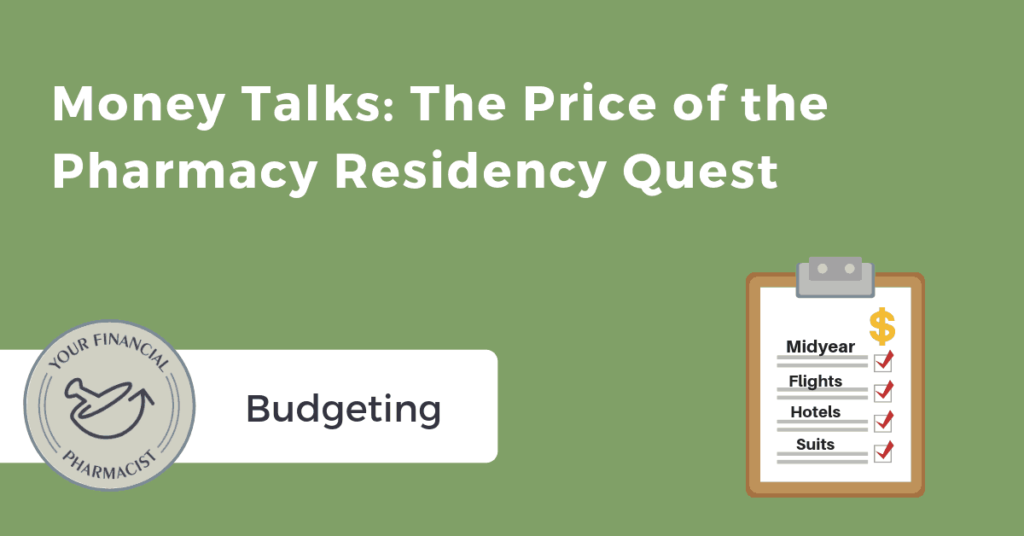
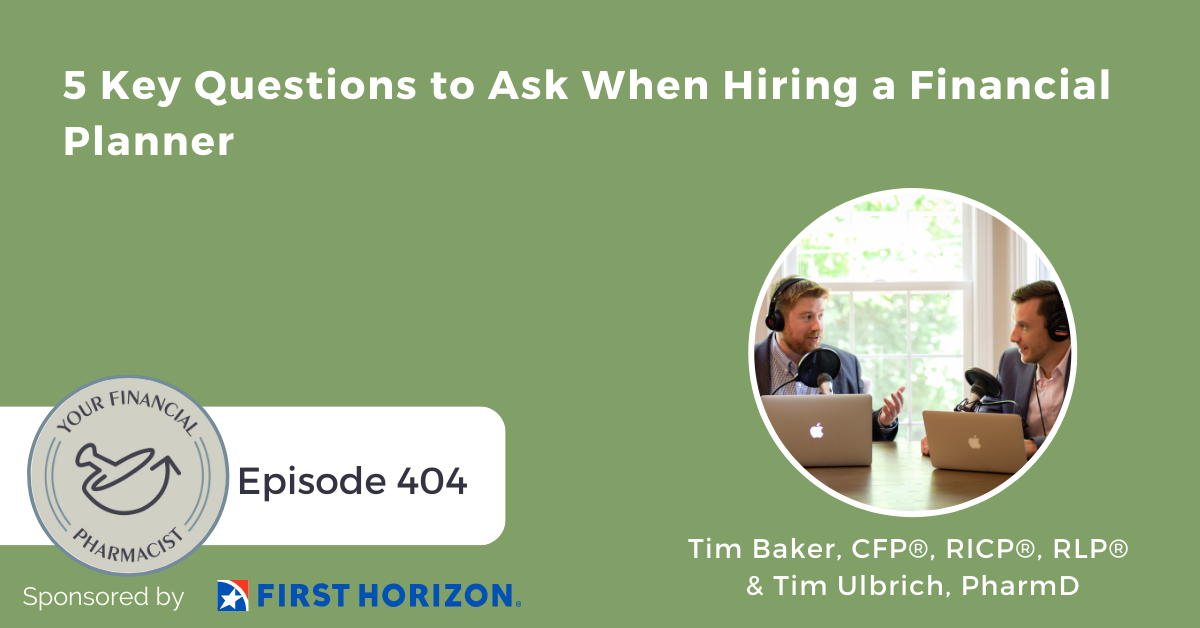
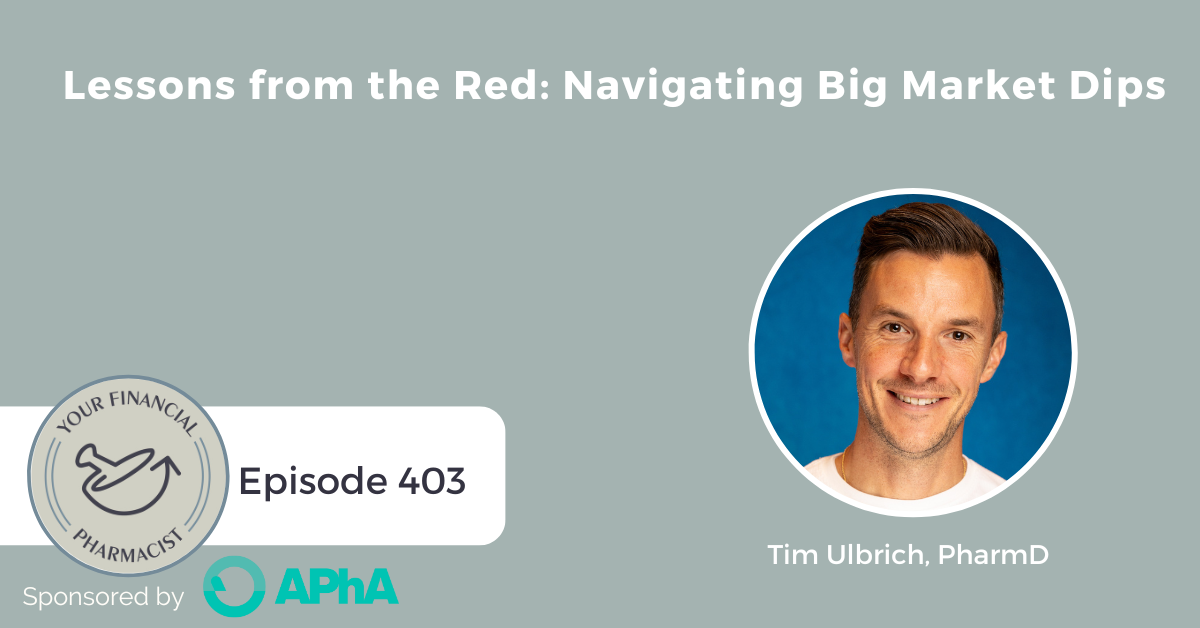
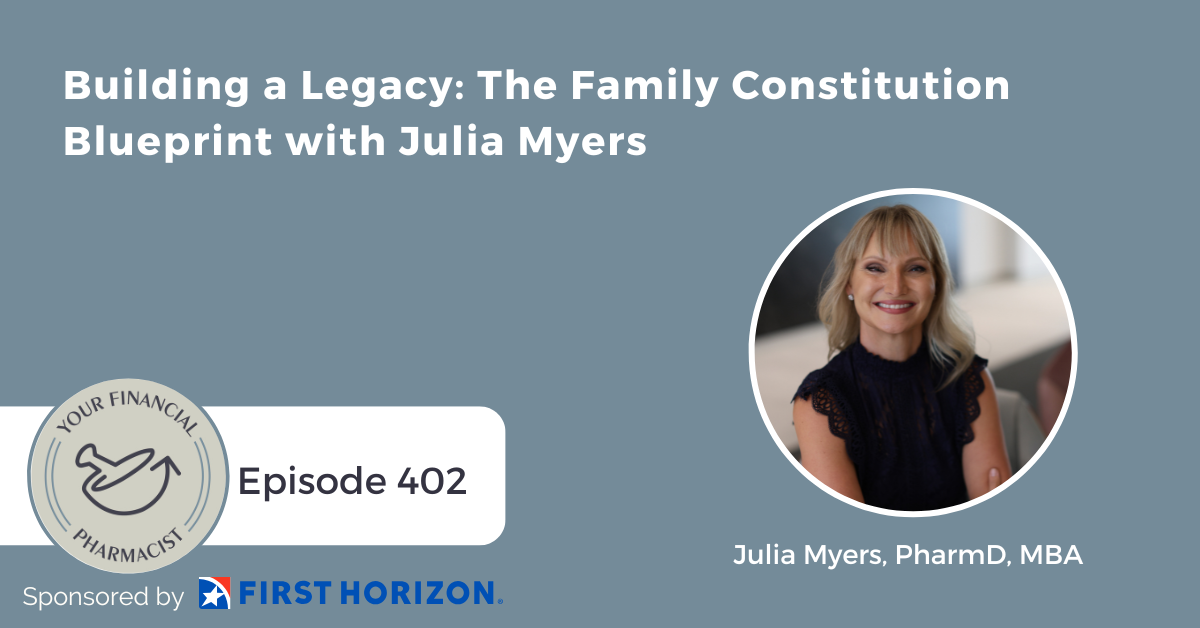




One thought on “Money Talks: The Price of the Pharmacy Residency Quest”